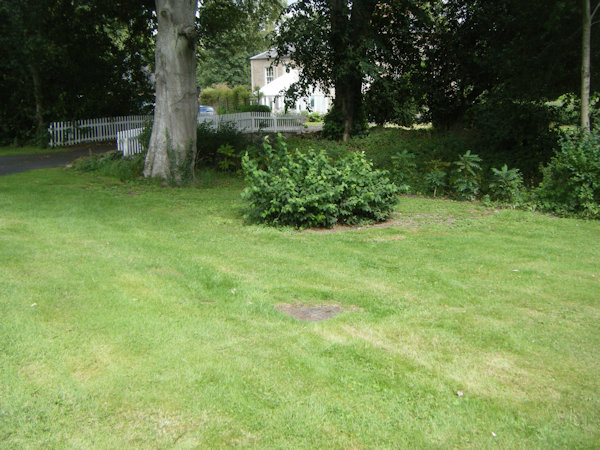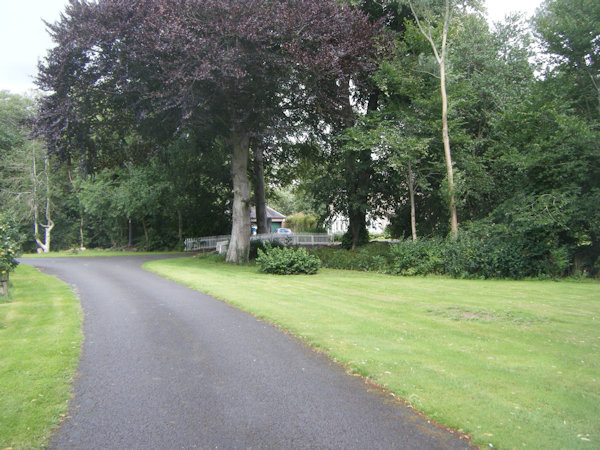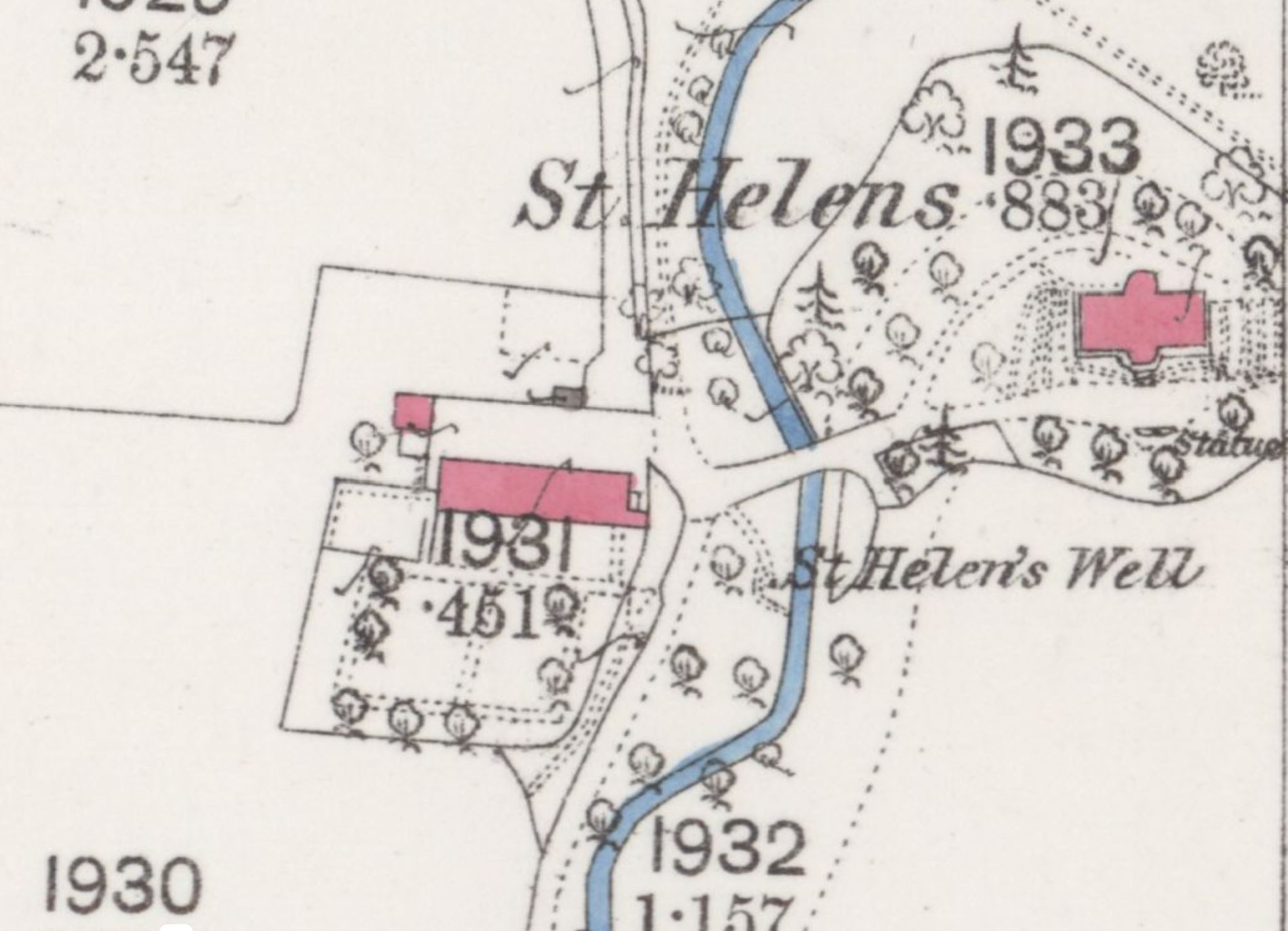 |
Dedication: Saint Helen Location: Darnick Coordinates: 55.6036N, -2.73768W Grid reference: NT536346 Status: capped Heritage designation: none |
HOME - SCOTLAND - SCOTTISH BORDERS
 |
Dedication: Saint Helen Location: Darnick Coordinates: 55.6036N, -2.73768W Grid reference: NT536346 Status: capped Heritage designation: none |
Despite the fact that St Helen, a 3rd century Greek figure, had absolutely nothing to do with Scotland during her lifetime, she appears to have been particularly popular in the north-east of England and the Scottish Borders. According to A. I. Ritchie, who included a list of Scottish dedications to St Helen in The Churches of Saint Baldred (1883), sites located relatively nearby include St Helen's Church at Old Cambus, a medieval chapel of St Helen that was once situated somewhere in Berwick upon Tweed, and St Helen's Well at Twizel, just over the English border. Whether these places were linked in medieval times, or whether they developed separately, is unclear; what is evident, however, is that St Helen's Well at Darnick is very likely to have had, at some point, a connection with Melrose Abbey.
A religious community has existed at Melrose for over a thousand years, and a monastery was first founded here by St Aidan, if The History and Legends of Old Castles & Abbeys, published in 1850, is to be believed, "within sixteen years" of the "erection of the episcopate of Lindisferne [sic]", in the early 7th century. A number of famous and well-known saints are associated with the establishment, including the local St Boisil (commonly called "Boswell"), and St Cuthbert, who is said to have originally entered the monastery as a monk, and later become its abbot. In spite of its prestigious connections, the monastery eventually fell into disrepair, and, in 1136, it was re-founded by King David I as a Cistercian priory, on a site two miles west of the original foundation. The parish of Melrose does seem to have possessed a rather unusual number of holy wells in medieval times, including the well of St Helen, and this is undoubtedly down to the enterprises of this later establishment.
It is interesting to note that the priory definitely owned a large amount of property in Darnick, and this almost certainly would have included the land on which St Helen's Well is located. In the "rent-roll of the abbey", dating from the time of the Reformation, it is recorded that the institution possessed land in Darnick worth "£86" (equivalent to almost £50,000 today); the particulars of this document were noted in the first volume of Origines Parochiales Scotiae (1851).
Whilst St Helen's Well was almost certainly used by pilgrims in the medieval period, I have found no records of how the spring was used, or of any traditions connected to it. In fact, the earliest reference that I have found to the site dates from 1743, and appears in A Description of the Parish of Melrose, written by an anonymous author, in which "ſeveral conſecrated Wells about this Place" were listed; first on this list was "St. Helen's". According to the volume, it was by then not known whether it had ever "been frequented as medicinal" or not.
Nonetheless, the site's dedication to St Helen remained well-known for the next few centuries, with its existence noted in both the Old Statistical Account of Scotland, published in the late 18th century, and the New Statistical Account, compiled in 1845. Indeed, the spring was both marked and named on Ordnance Survey maps until 1899, when it utterly vanished from OS maps; these maps have never marked St Helen's Well since. The fact that the spring was noted on the 1889 OS map of Darnick, but not on the next edition, published in 1899, suggests that the well was capped at some point within the last decade of the 19th century. Interestingly, the remarks of OS surveyors indicate that the spring was capped so that it could be piped to St Helen's, a nearby house that undoubtedly takes its name from the well:
|
[St Helen's Well is] a small well, led from its source, about 100 yds south, to within a few yards of St Helen's (a house) to which it gives its name. It is said to have possessed mineral properties at one time. |
Whilst is is not clear whether this house is now supplied by the holy well, the spring is clearly still piped away to another location. When I visited St Helen's Well in July 2025, all that remained to be seen at its location was a rusted triangular manhole cover, situated in the centre of a lawn, much like Ffynnon Feugan in Pembrokeshire. According to the inscription on the cover ("J. Melrose Hawick"), it was manufactured by James Melrose & Sons, a company based in an iron works in Hawick.
 |
 |
 |
 |
|
Access: St Helen's Well is located at the end of a short lane. |
Images:
Old OS maps are reproduced with the permission of the National Library of Scotland
Copyright 2025 britishholywells.co.uk